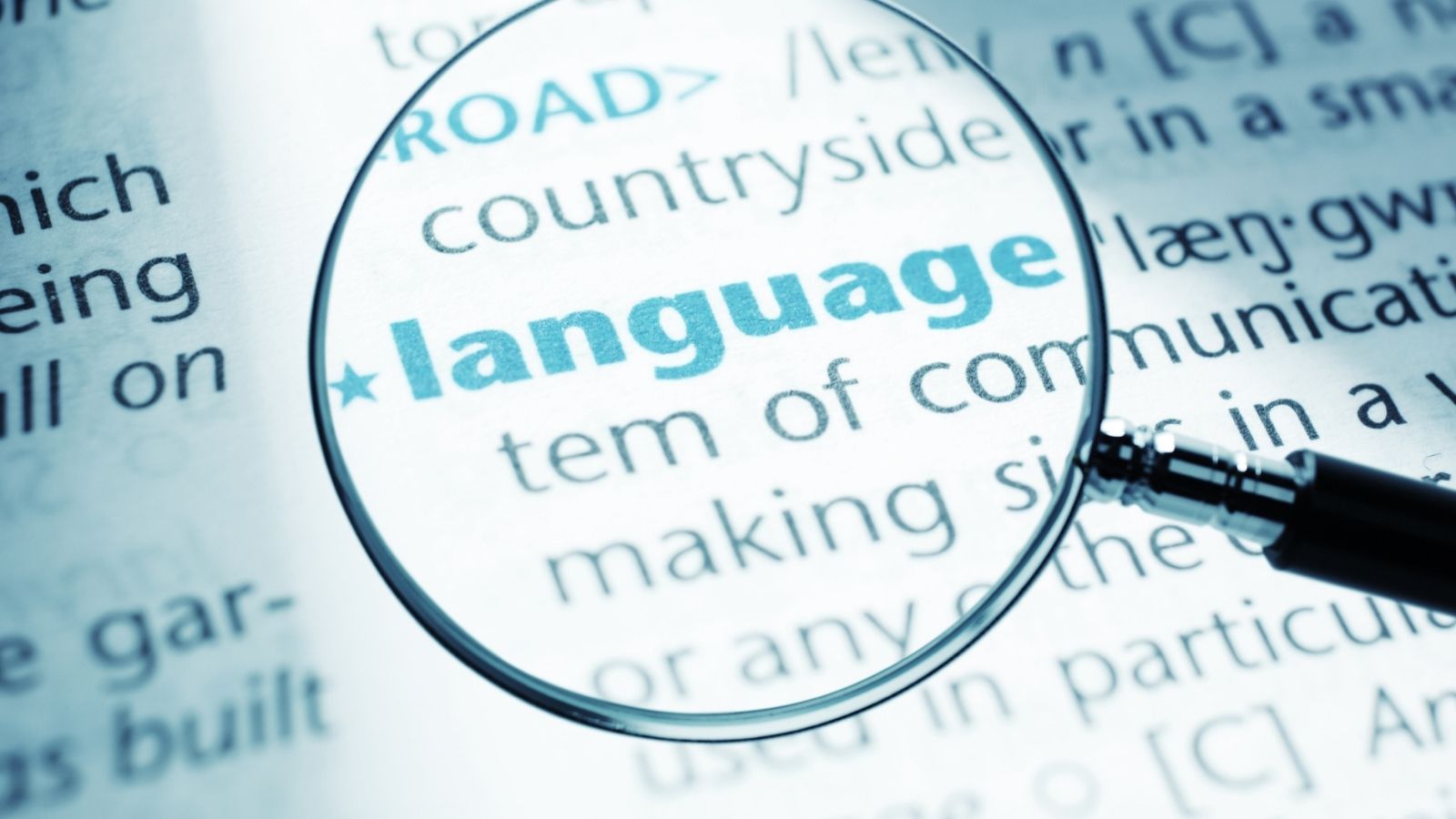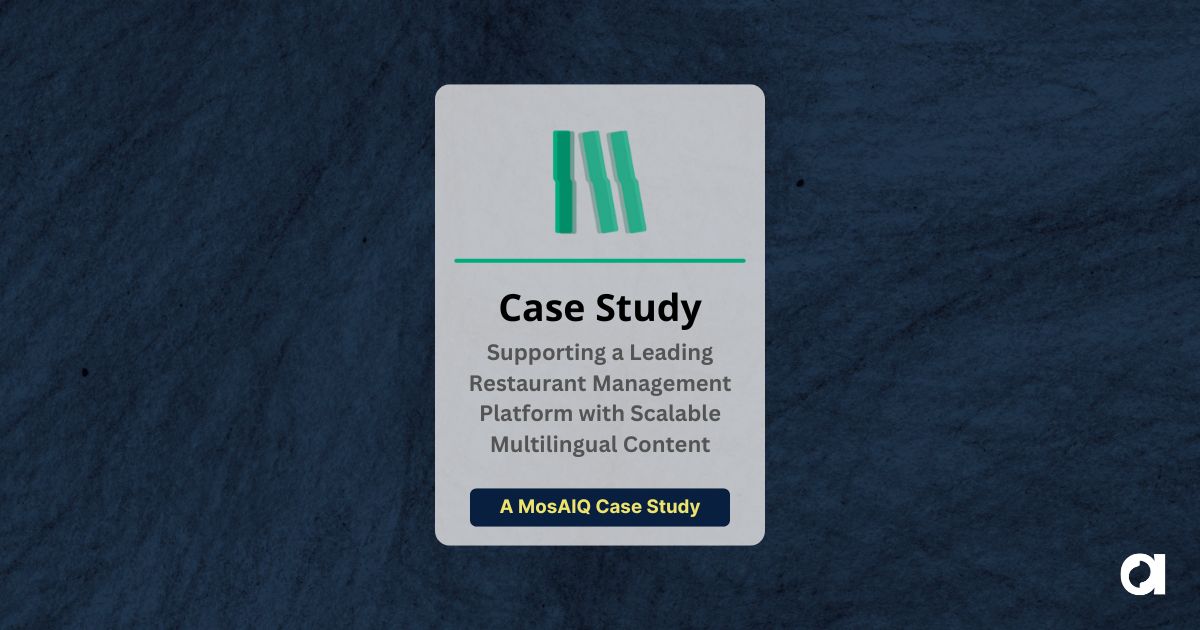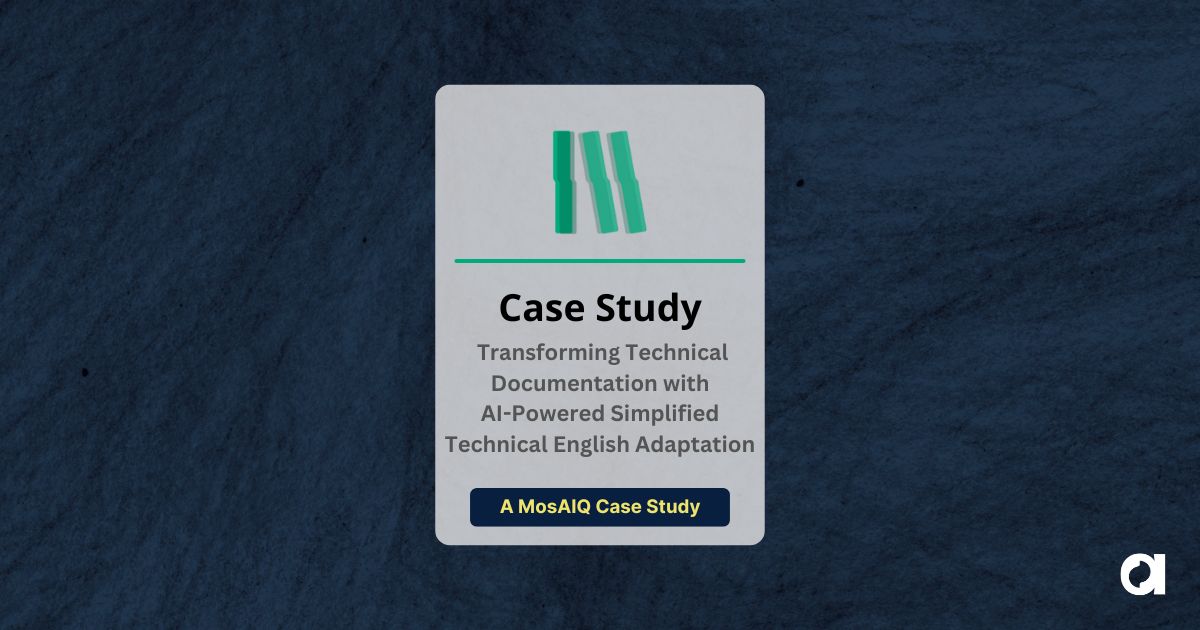Most localization work is built on a basic, often flawed assumption: English comes first. Whether it’s documentation, marketing, or product content, English is often treated as the hub that everything else connects to. It’s the basis for termbases, translation memory alignment, review processes, and even pricing structures. Content flows from English into everything else.
But in many organizations, English isn’t the starting point. Content may be drafted locally, approved for its original audience, and only later flagged for broader use. When that happens, the usual assumptions around translation memory, terminology, and review order don’t always apply. Even well-established workflows may need adjustment, simply because they were built with a different source in mind.
Common Scenarios Where English Isn’t the Source
It’s not unusual for source content to originate in another language. That may reflect where the work is being done, who the content is for, or how the organization is structured. Global English usage now accounts for a little less than half of all online content, a trend that makes English-first assumptions increasingly unreliable.

A few examples:
- Regional marketing campaigns may be created directly in German, French, or Spanish for local markets before global teams ever see them. The content isn’t derived from English because it was never intended to be. In markets like DACH, it may be published in German first.
- Product documentation often begins in Japanese or Korean, especially when engineering, manufacturing, or testing happens in-country. English enters the workflow later, sometimes alongside a full slate of other target languages.
- Legal, compliance, and regulatory content is typically drafted in the jurisdiction’s official language. Translation happens after review and sign-off, not as part of the authoring process.
- Internal communications may start in Polish, Czech, or another non-English language, depending on company headquarters and regional structure. Even when intended for global distribution, the source reflects where the message originated, not just where it will end up.
In each of these scenarios, content isn’t flowing from English to everywhere else. It’s branching outward from a different hub, and that changes the dynamics of reuse, quality control, and review.
What Goes Down When English Isn’t the Starting Point
When the source language changes, parts of the workflow stop lining up, and the problems aren’t always obvious until they slow you down. Tools that usually save time produce mismatched results, and reviews are delayed as teams work to resolve issues introduced before translation began.

The first signs of trouble often show up in the tools meant to make things faster. A translation memory built around English might suggest matches that look fine until someone compares them to the real source. Segments that should be a perfect fit end up needing rework, and the time saved by reuse starts to disappear.
Reviews can slow for the same reason. When the reference text is already a translation, intent is harder to confirm. Reviewers end up checking meaning against something that’s already been interpreted once, which makes drift and inconsistency more likely. The same thing can happen with terminology. Glossaries and termbases created for English alone lose their grip on the source over time, and keeping them accurate takes more work than it should.
Automation can make these gaps wider. File routing, match evaluation, and quality checks often expect the structure and patterns of English. When they don’t see those patterns, they apply the wrong checks or send work down the wrong path. A process built on the wrong starting point spends too much time correcting itself instead of moving forward.
Even workflows that treat English as a pivot—sitting between, say, Japanese and French—can become less reliable if the English version wasn’t created first. In those cases, it stops functioning as a pivot and becomes a detour.
None of these are dealbreakers. But they can introduce extra effort or reduce confidence in the output. If they’re not caught early, they often surface later as quality concerns, timeline pressure, or scope adjustments.
Starting From Scratch: Best Practices for Managing Non-English Source Content
Start with the steps that define meaning before translation begins. Source‑language reviewers can resolve ambiguity early, preventing small errors from multiplying later. This step matters most when the process is still built around English references.
The same approach should be applied to tools and assets. Translation memories built for English may return inaccurate matches, and termbases can drift when they do not reflect the source language. Updating both to match the real source keeps reuse and terminology stable.

Checks and automation are only as good as the assumptions they are built on. If QA scripts, file routing, or match evaluation rely on English‑specific patterns, they will misfire when the content starts elsewhere. Pivoting through English adds another layer of risk if that version is already a translation.
Each of these adjustments works toward the same outcome: a process that matches the content it handles from the beginning, not one that corrects course after the fact.
Treat the Source Like Structure
When the process reflects the language in which content is created, the work stays aligned from planning to delivery. If the process assumes another starting point, small mismatches accumulate into delays and rework. The point of adjusting the structure is not to solve an isolated problem, but to prevent the system from drifting every time the source changes.
Source language is part of the foundation. Recognizing it that way makes it easier to protect quality and keep the workflow predictable. Aligning processes to the real source language creates a structure that holds up under pressure, scales more easily, and supports teams in every market they serve.
Argos works with localization teams to match systems to the way their content is actually produced. Contact us to review your source setup and ensure it supports the work you do.
 Gökhan Toros
7 min. read
Gökhan Toros
7 min. read
The role of international search engine optimization (SEO) is getting harder to define. Not because it’s gone away, but because the way people search is beginning to change. How quickly that shift will go mainstream, or what the new search experience will ultimately look like, remains to be seen—but you can already see it happening […]

 Argos Multilingual
7 min. read
Argos Multilingual
7 min. read
There’s so much hype about AI right now that it can be hard to hear yourself think. We could tell you that AI is everywhere in the language industry, but the truth is that it’s everywhere, full stop. Here’s a different way to look at it: if you think of AI as machine learning instead […]











